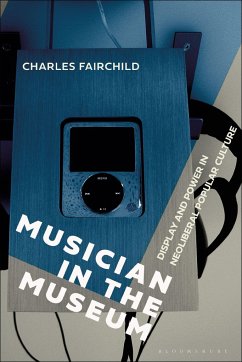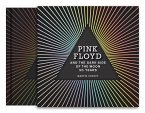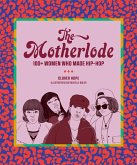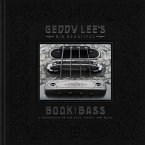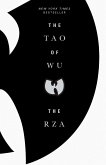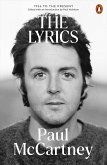In recent years, popular music museums have been established in high profile locations in many of the presumed "musical capitals" of the world, such as Los Angeles, Liverpool, Seattle, Memphis, and Nashville. Most of these are defined by expansive experiential infrastructures centered around spectacular, high-tech displays of varying sizes and types. Through over-the-top acts of display, these museums influence and reflect the values and priorities in the public life of popular music. This book examines the phenomenon of the popular music museum outside the typical and familiar frames of heritage and tourism. Instead, it looks at these institutions as markers of the broader entertainment industry in the era of its rise to global dominance. It highlights the multiple manifestations of power as read across a range of institutions and material forms and discusses how this contributes to shaping the experience of popular culture.
Hinweis: Dieser Artikel kann nur an eine deutsche Lieferadresse ausgeliefert werden.
Hinweis: Dieser Artikel kann nur an eine deutsche Lieferadresse ausgeliefert werden.

